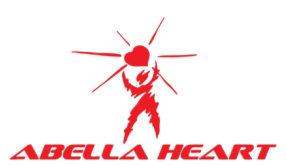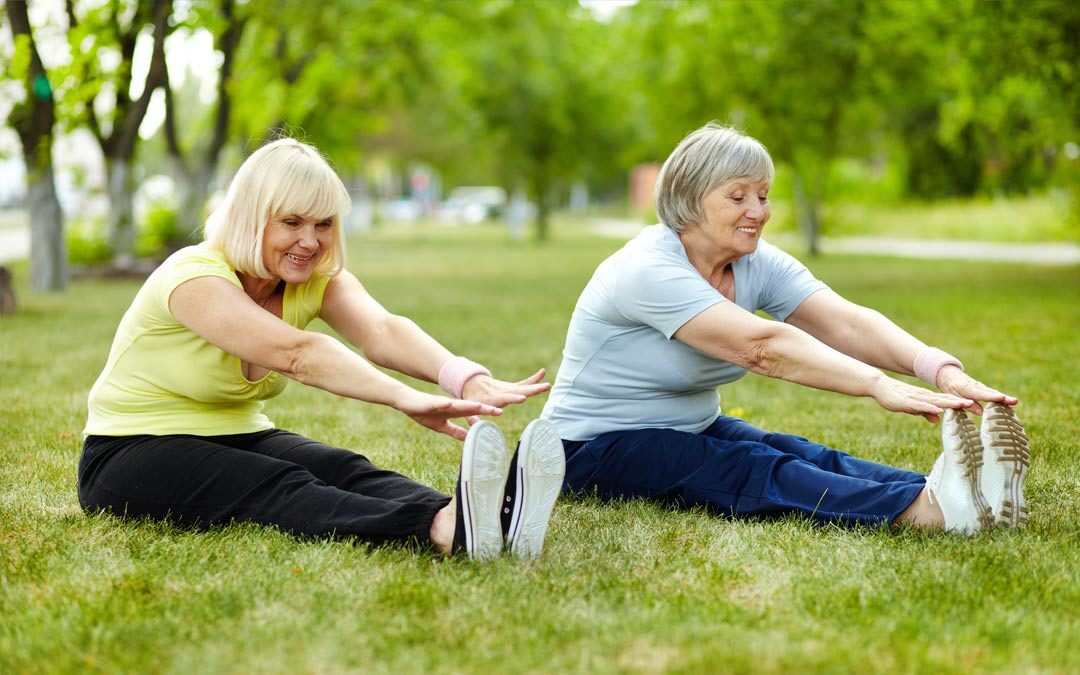The right exercise can be beneficial for people who have varicose and spider veins. It is important to get your blood pumping because good circulation is critical when you suffer from vein disease. But you don’t want to engage in any physical activity that could actually worsen your condition, or even endanger your health. When adopting an exercise program, you should take it slow, know the risks and talk with your doctor first to make sure what you are planning is safe and appropriate.
Vein disease is most commonly seen in patients whose careers require being on their feet consistently or being seated for long periods of time. Pregnancy and hereditary scenarios are other big causes of vein problems. If you are at risk or currently suffer from vein disease, exercise can be very helpful in keeping you healthy and preventing further vein damage. But you must be aware that some exercises are actually counterproductive and could place you at health risk.
Exercise Dos & Don’ts
When we exercise, the calf muscle and veins in the arch of our foot pump blood back to our heart. Cultivating a strong calf muscle promotes a healthy blood flow and works to minimize vein disease. Sometimes, you may need to alter how or where you do a type of exercise.
Gentle and moderate exercising of the legs increases blood circulation. As a result, the appearance of varicose veins can be improved, and new ones can be prevented from forming. If you experience pain or discomfort, you should cease doing the exercise.
Walking is the best! When done at a low-impact level, walking stretches and strengthens the calf, leading to improved circulation. Walking at least 30 minutes, five times a week is very beneficial. Also try incorporating more passive walking into your lifestyle such as parking farther away than need be and walking a short distance to a shop or restaurant.
Running and jogging can be great aerobic exercise for calves and feet. But the downside is these activities may have an adverse effect on joints. Switching to a softer surface such as grass or an indoor track can help to minimize the adverse impacts.
Elliptical and stationary bike use are low-impact activities that are great at strengthening the calf muscle, without putting undue stress on joints and bones.
Swimming is a beneficial and non-weight bearing exercise that can strengthen the legs.
Weight training can place strain on the venous circulation system as blood flows through the abdomen and it can impede blood flow back to the heart, resulting in blood to pool in the legs, increasing pressure on the veins.
Avoid strenuous activities that can make venous reflux worse. These include exercises like sit-ups, crunches, squats, lunges and prolonged abdominal posturing, as sometimes done in yoga.
You should always talk to your medical practitioner before beginning an exercise routine. This advice is particularly important if you are older or have a history of heart disease. If you have varicose veins, it is imperative that you consult with a physician first, before starting an exercise program. When you are a patient at Abella Health, we listen to you and engage with you. We want you to be healthy, energetic, and in great shape for a long life!
Abella Health is a unique practice which provides primary care, with a specialization on cardiac and vein care. Dr. Manuel Abella is an Interventional Cardiologist and Vein Specialist who has been practicing in the Miami area for over 23 years. We offer personalized medicine featuring physician and nurse practitioner accessibility 24 hours a day, seven days a week. If you suffer from varicose veins or spider veins, we can help. The professional staff provides the most comprehensive range of treatments and diagnostic testing in the area. Contact us to learn how we can meet your specific medical needs.
In summary:
What are the benefits of walking for preventing varicose veins?
Walking is a highly beneficial exercise for preventing varicose veins. When done at a low-impact level, walking stretches and strengthens the calf muscles, leading to improved circulation. Walking for at least 30 minutes, five times a week can help improve the appearance of varicose veins and prevent new ones from forming. Additionally, incorporating more passive walking into daily activities, like parking farther away and walking short distances, can contribute to overall leg health.
How do low-impact exercises like walking, bicycle riding, and swimming improve blood circulation?
Low-impact exercises like walking, bicycle riding, and swimming stretch and strengthen the calf muscles, leading to improved blood circulation. The calf muscle and veins in the arch of the foot pump blood back to the heart during exercise, promoting a healthy blood flow and minimizing vein disease.
How can exercise aid in weight loss or weight management to prevent varicose veins?
Exercise, such as walking, bicycle riding, or swimming, can aid in weight loss or weight management, which can be a risk factor for developing varicose veins. By incorporating regular exercise into one’s routine, it is possible to manage weight and reduce the chances of varicose vein development.
How often should one engage in exercise to prevent varicose veins?
It is recommended to engage in exercises like walking, bicycle riding, or swimming for at least 30 minutes several times per week to prevent varicose veins. Maintaining a regular exercise regimen is important for reducing the risk of varicose veins.
What exercises can help reduce the chance of developing varicose veins?
Low impact exercises such as walking, bicycle riding, and swimming can help reduce the chance of developing varicose veins. These exercises allow for muscle contraction, which helps squeeze the veins and move the blood back to the heart.
Exercise plays a crucial role in maintaining overall health and can be particularly beneficial in preventing varicose veins. When we engage in physical activity, such as walking, the calf muscles and veins in the arch of our foot work together to pump blood back to the heart. This consistent muscle contraction promotes healthy blood flow and helps minimize the risk of vein disease.
To prevent the formation of varicose veins and improve their appearance, it is important to incorporate gentle and moderate exercises that increase blood circulation in the legs. Walking is an excellent low-impact exercise that effectively stretches and strengthens the calf muscles, resulting in improved circulation. By committing to walking for at least 30 minutes, five times a week, you can significantly enhance blood flow and reduce the likelihood of varicose veins.
In addition to regular walking, try to integrate more passive walking into your daily routine. This can be achieved by parking farther away from your destination and walking a short distance to a shop or restaurant. These small adjustments can make a noticeable difference in promoting blood circulation and preventing varicose veins from developing.
While it is important to note that varicose veins cannot always be entirely prevented, engaging in regular exercise, particularly low-impact activities like walking, can significantly reduce the risk of their occurrence. The combination of gentle exercises and increased blood circulation not only improves the appearance of existing varicose veins but also helps prevent the formation of new ones.
Remember, maintaining a healthy lifestyle that includes regular exercise is key to minimizing the chances of developing varicose veins. By prioritizing your overall well-being and incorporating exercise into your daily routine, you can take proactive steps towards preventing varicose veins and promoting optimal circulation throughout your body.<

